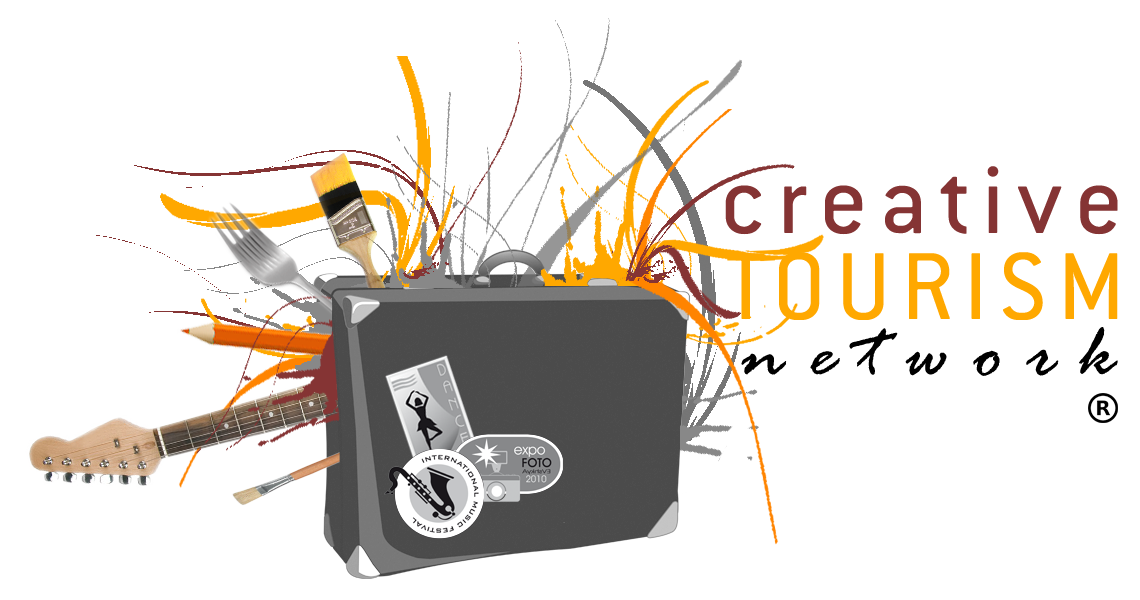Indonesia has been rightly elected World’s Best Creative Destination by CreativeTourismAwards. In addition to its natural, cultural, and human assets, the innovative approach of its Ministry of Tourism and Creative Economy makes it a sustainable model for destinations around the world, wishing to reinvent themselves.
Mr. Sandiaga Uno, Minister of Tourism and Creative Economy of the Republic of Indonesia honored us to accept this interview.
– What are Indonesia’s cultural assets to bet on this tourism?
Indonesia is very rich in culture, ranging from art, culinary, and so on. Indonesia is a tourist destination that is full of hospitable people, diverse cultures, and beautiful nature. Each province of Indonesia has its own unique culture. We have a variety of cultures, so this is the main attraction of Indonesian tourism. And that can boost Indonesian tourism.
– Indonesia has been awarded World Best Creative Destination, could you please let us know about your strategies on tourism and the creative economy?
We certainly prioritize high-quality and sustainable tourism so that it can provide a better travel experience for tourists and have a big impact on the community.
The first strategy we have adopted in developing tourism and creative economy, especially during the COVID-19 pandemic, is the innovation that uses technology as well as big data.
The second strategy is adaptation. This strategy is carried out by implementing health protocols in tourist destinations as an adaptation to the new normal. This strategy is key because the whole community is currently dealing with the Covid-19 pandemic. Therefore, health and safety in every tourism destination and every aspect of the creative economy are top priorities.
The last strategy is collaboration. We collaborate with all parts, including ministries, institutions, central government, local governments, academics, universities, as well as the community and the business world. We also work with the Indonesian Chamber of Commerce and Industry, the Indonesian Hotel and Restaurant Association, and other associations in this sector.
This collaboration has the same ultimate goal, namely to develop the tourism and creative economy sector, thus helping to open up more job opportunities.
– What does your creative tourism offer consist of?
The Ministry of Tourism and Creative Economy is handling the creative economy sector consisting of 17 ever-developing creative economy sub-sectors, such as game creation, architecture, interior design, music, fine arts, product design, fashion, culinary, film, animation, videography, photography, visual communication design, television and radio, craft, advertising, performing arts, publishing, and application creation.
Of the 17 creative economy sub-sectors, three sub-sectors are the largest contributors to the national gross domestic product (GDP), namely culinary, fashion and crafts.
The products made by most micro, small and medium enterprises (MSMEs) in Indonesia contributed IDR 1,100 trillion to Indonesia’s GDP throughout 2020.
– How do you involve the local communities or stakeholders?
The Ministry of Tourism and Creative Economy invites all parties, including ministries, institutions, local governments, associations, as well as tourism and creative economy business players to collaborate to restore the tourism and creative economy sector.
Collaboration is not only a process of working together to create innovation and ideas, but it is also an approach to be more open-minded. We are not supposed to compete with each other, but we have to work side by side through collaboration.
– The Ministry of Tourism and Creative Economy of Indonesia is a world reference. Would you like to share any good practices to adapt creative tourism in pandemic times?
As stated earlier, three strategies are implemented to revive the tourism and creative economy sector during the COVID-19 pandemic, namely innovation, adaptation, and collaboration.
The three strategies are carried out as proof that the government is providing economic assistance for the tourism and creative economy actors. Even though we are still in the middle of the COVID-19 pandemic, it is hoped that the tourism and creative economy actors can increase their capacity and creativity, especially by optimizing the digital way of working.
Currently, we are also focusing on organizing various programs to increase the abilities of the tourism and creative economy actors. The programs are aimed at upskilling or re-skilling for the digital age.
Later on, we are going to use the upskilling and re-skilling programs to further develop the Indonesian tourism villages. This includes ensuring that our Cleanliness, Health, Safety, and Environmental Sustainability (CHSE) protocols are strictly and widely implemented.
The COVID-19 vaccination has also been accelerated, especially for the tourism and creative economy actors and the general public. That way, communal or herd immunity can be achieved right away.
– How is your ministry leading the 2021 Year of the Creative Economy for Sustainable Development?
According to the 74th Session of the United Nations General Assembly (UN) Resolution Number A/RES/74/198 of 2019, the year 2021 is the International Year of Creative Economy for Sustainable Development. The government of the Republic of Indonesia was the initiator of this resolution and was supported by 81 countries.
The 2021’s International Year of the Creative Economy for Sustainable Development is the right momentum to encourage global recovery from the COVID-19 pandemic. This resolution is one of the efforts to reposition the creative economy sector as an important contributor to the global economy.
The creative industry has shown resilient growth in international trade and has had a significant contribution to the global economy. The creative economy’s 3% contribution to global GDP has the potential to keep growing, making it a formidable economic sector, strengthened by a surge in digitalization and services.
2021 should be a collaborative year for global recovery. Let’s use the momentum of this International Year of the Creative Economy to appreciate creativity, innovation, and collaboration to achieve the 2030 sustainable development goals.



